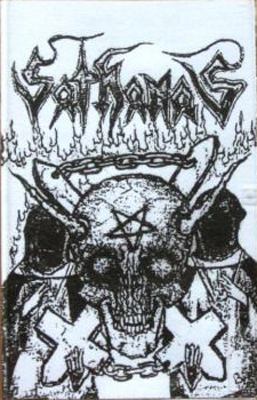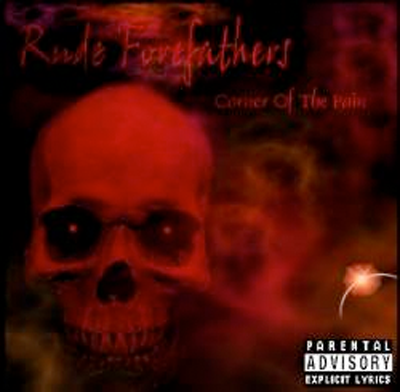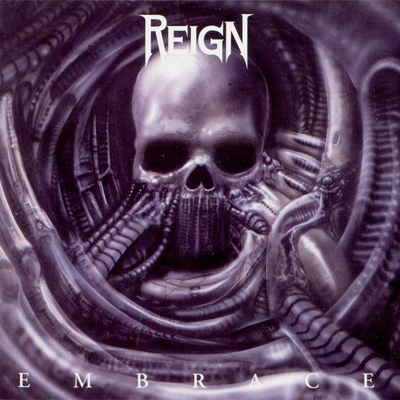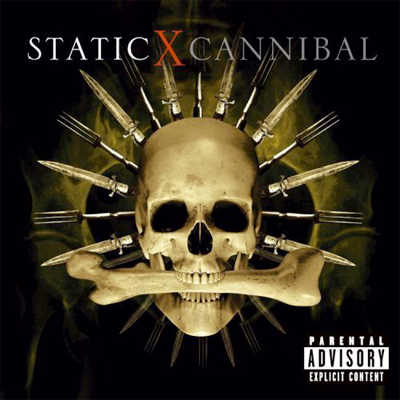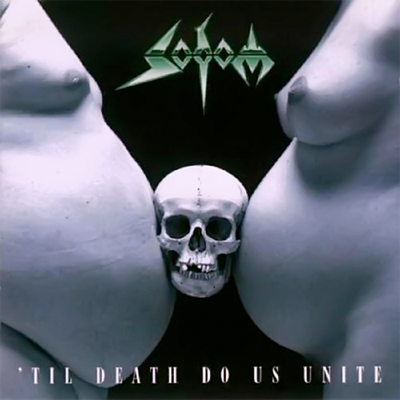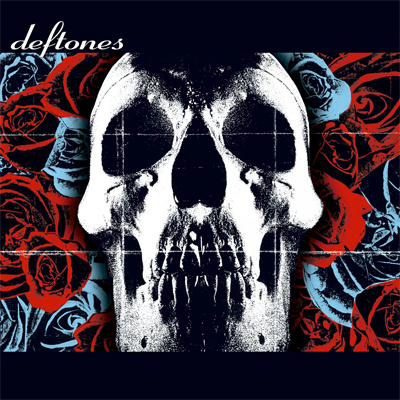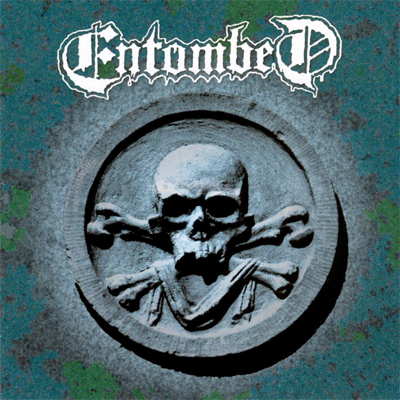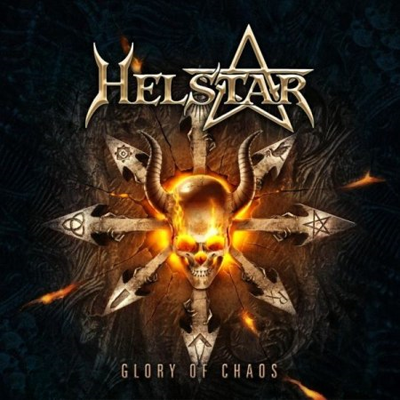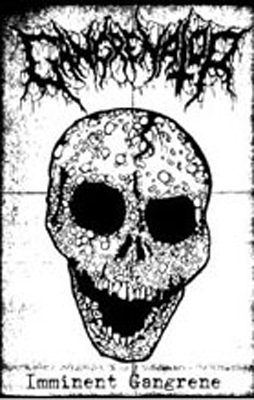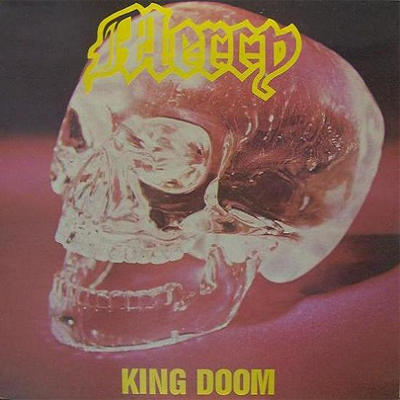
MERCY, King Doom (1989, Euro)
The skull:
An observant reviewer on the Metal Archives site astutely notes that it’s hard to tell how big this skull is, because there’s nothing in the photo to use as scale. I’m gonna go with “planet-sized,” because I’d love to think that King Doom is the ruler of a planet shaped like a skull and made out of glass. This cover totally rules, and I’m not being funny or ironic. Its simplicity, and the pink, yellow and clear/glass colors have a kind of hypnotic, almost psychedelic effect on this friar. I am entranced. Almost obsessed.
The music:
The label that released this is Euro. What the hell is that? Research tells me the Euro label only released this album and one by long-forgotten Swedish band Captor in 1993. What a totally not-impressive discography! Anyway, Mercy are most famous for being the testing ground for one Messiah Marcolin, who went on to front Candlemass. By the time Mercy’s third album, King Doom, was released, Messiah was already nearing the end of his first campaign with Candlemass. So what does this album offer? A hollow production is the first aspect of note: opener “Death’s Company” features a decent plodding riff to open the ceremonies, and the guitar sound is a flat wash of treble, the bass is more or less implied rather than having any real presence, and the drums are thin with over-sizzly cymbals. The vocals — now we’re talking. This guy (Rick Wine) is crazy. He’s an off-the-chain yelper in the high register vein of Scott Jeffreys (Confessor) and John Stewart (Slauter Xstroyes). I like his delivery, there’s a lot of character in his wail, and a lot of control too. However, he doesn’t have much to work with, as the music is mostly faceless doom that rarely rises above the average. It’s one of those albums with a handful of enticing individual parts and riffs, but it’s not assembled very well and none of these songs are particularly memorable. A couple shorter instrumentals add some depth, and there are moments that nearly achieve greatness (album closer “Darkness,” for instance). Overall, though, it’s forgettable. No surprise, as Mercy was always second or even third-tier doom. I’ll continue to hold onto 1985’s Witchburner as the only Mercy album in my collection, and that due to it being an interesting historic relic. But man, this vocalist, hell yeah, I’m a fan.
–Friar Wagner
